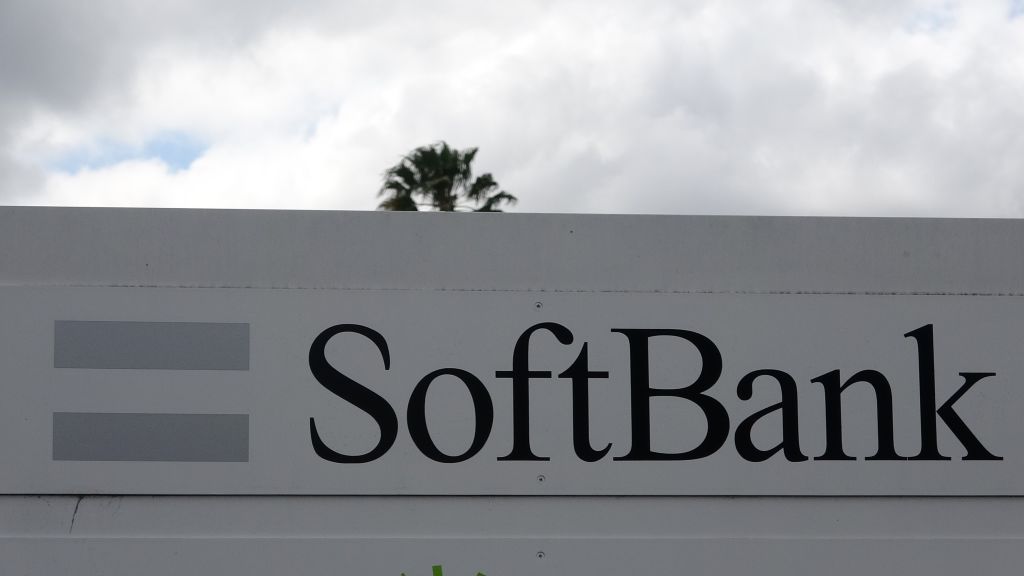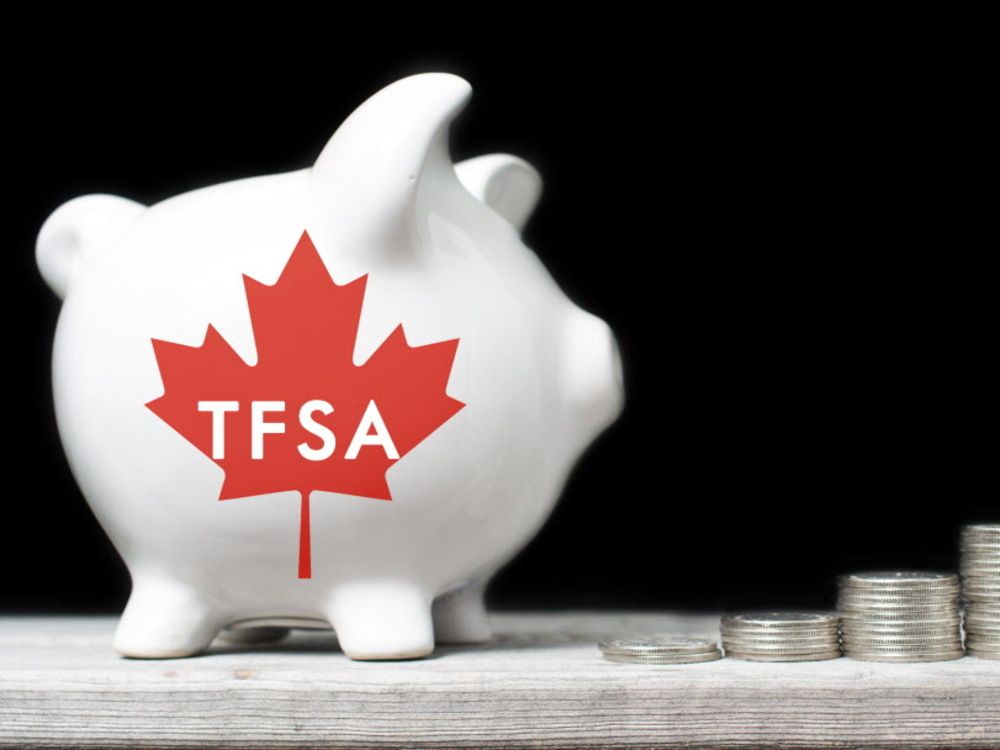Household energy costs are among the most important budget items for individuals and families around the world. Recent volatility in this market, especially in what’s often termed “the west,” (North America {NA} and the European Union {EU}), are driven by both global climate factors and geopolitical events that are beyond our individual control.
In this post, we’ll explore the data and current events behind trends in energy costs, and provide some practical tips on how to save on energy, both in the immediate and longer term.
We’ll split up most sections into two parts: one for North America, and another for the European Union. The worldwide energy market is extremely complicated and interdependent, so it makes sense here to narrow our view and provide a practical overview for these two markets alone. In a later post, we may build on this to explore the global energy situation.
Recent Volatility
Before we dive into how things look for individuals and families, it’s important to understand what the large-scale situation is from a geopolitical perspective. This will help us to understand why there have been so many recent fluctuations in energy costs in the EU and NA.
European Union
The Conflict in Russia-Ukraine: Certainly the most significant factor in energy costs in the EU has been the war in Ukraine, which has been raging more or less continuously since late 2022.
Over the past two decades, much of the EU energy market has been overly-dependant on Russian natural gas supplies, some of which flowed through Ukraine and into Poland, destined for consumers and industrial users in Germany. Despite the EU’s strong support for the Ukrainian war effort, and international sanctions against many of the individuals involved in the Russian natural gas industry, the EU has continued to buy Russian natural gas in large volumes.
Natural gas is an attractive fuel source because of its cheap price, the ability to spin up or down rapidly to match demand, and its relative environmental impact (compared to coal fired plants). The timing of the Russian invasion of Ukraine was almost certainly calculated so that European consumers would be hardest hit by disruptions in the natural gas supply, making sanctions against Russia harder to bear politically. Students at public schools across central Europe were asked to bring blankets to class in the winter of 2022/23, so that aggressive power saving targets could be met, and a reserve of natural gas could be accumulated.
Despite this, the EU has managed to largely wean itself off of Russian gas, which now only accounts for about 8% of domestic consumption, down from 40% before the war. This was helped no doubt by two relatively mild winters – an unexpected short term benefit of global climate change. As climates have warmed, and households have become more energy efficient, demand has continued to stabilize and decline.
The transition has largely been accomplished by huge investments into renewable energy, particularly in places that are traditionally dependent on fossil fuels, like Germany, the UK, and Poland, where the dependence on gas was highest. Alternative sources of natural gas, particularly from the middle east and other areas of eastern Europe have also grown in importance. Price caps and subsidies have also played a role in helping the public absorb the cost of these changes.
France and Spain have been less affected, as their energy grids have long been focused on renewable sources, including biomass, wind, hydro, and nuclear power. Today these regions are heavily investing in future sources of power, including the long anticipated introduction of fusion power, a method of energy production that mimics the fusion of hydrogen atoms in the sun.
In the short term, Germany and Poland especially began to rely more heavily on coal, but as in the UK, where the use of coal completely ended last year, Germany is rapidly transitioning to more renewable energy sources, particularly wind power. Still, Germany leads the EU in its fossil fuel energy consumption, with the majority of its power still coming from coal fired plants.
North America
The situation in NA couldn’t be more different than that in the EU, and yet energy prices have also been affected by geopolitical factors. Unlike the EU, the US has been energy self-sufficient for many decades.
However, domestic energy costs are still impacted by a number of factors, including global climate change, the global energy market, and the market for “energy commodities,” like steel, plastics, concrete, and other energy and petroleum intensive products.
Trade disruptions from the global Covid-19 pandemic saw the price of crude oil drop essentially to negative numbers in 2020, creating the bizarre situation in which crude oil manufacturers and storage facilities had to pay investors in the commodities market to offload their supplies of crude oil, to avoid having to absorb the costs of storing it. This had long-term effects on the production of oil and gas in NA, because it made little sense to invest in the production of something that it would cost money to give away.
This strange situation also pushed US policy makers to emphasize renewable sources for future investment. Today, solar, wind, hydro, and nuclear power are all seeing increased investment. Home owners especially are beginning to invest in solar power in large numbers, causing energy producers to scramble in order to understand where and how much energy demand they will be facing in the future.
The nature of energy demand has also changed. Today, there is a push for increased domestic production of everything from computer chips to car parts, and increasing industrial capacity would mean the necessity for increased energy production. Private companies are even looking to get control of their own energy production. Microsoft is planning to refit and restart nuclear reactors such as Three Mile Island, which could supply the company’s aggressive plans for Generative Ai tools similar to ChatGPT. These tools require enormous datacenters and the massive amounts of energy they consume, in order to train and run the “Neural Networks” (enormous digital brains) that power their Ai products.
NA has also looked to deeper energy cooperation, with Canada, the US, and Mexico inking new trade deals that aim to stabilize energy costs across the region.
Common Impacts
The cost of household energy in the EU is more than double that in the US, as a percentage of household income. EU consumers pay about 8% of their income for energy, whereas US households pay as little as 3%. This won’t change much in the short term, partly because the US is already largely energy independent, and the EU is not. However, the EU’s continued support for consumer and industrial energy subsidies and investments may cause it to advance faster than the US in the long term, as new nuclear fission and even fusion energy sources come online.
Energy will continue to be more expensive in the EU, pushing households to invest more heavily in energy savings.
In the short term, as noted above, supply chain disruptions have been a common theme across both regions. We live in a highly globalized world, and the impacts of recent events like the pandemic, conflicts in the middle east, the war in Ukraine, and mounting tensions over China’s ambitions in the South China Sea, have led both regions to look to more resilient and diversified energy sources. The Brookings Institute has urged US policymakers to invest in both domestic energy production and better logistical infrastructure, suggesting that natural gas can play a role in both arenas, since its impact on climate change is significantly lower than either coal or diesel fuel.
Natural Gas will continue to increase in importance, even as the global market for gas changes. Due to important changes in government policy, the recent drastic price increases aren’t likely to repeat.
Today, subsidies that cover most or even all the costs of household solar and other energy saving technologies are available across the EU, in an effort to reduce greenhouse emissions by at least 55% (compared to 1990 levels), by the end of this decade. Government energy subsidies were around €170 billion in 2015, but rose to almost €400bn in 2022. Those subsidies fell temporarily during the global Covid-19 pandemic, they have rebounded to unprecedented levels today. This, event despite the fact that the costs of solar power have continued to plummet, meaning that the same subsidy levels are now buying far more capacity than before.
At the same time, according to the same report, fossil fuel subsidies have fallen, going from about a third of the total, to about an eighth. Even those subsidies that remain largely are in place to help consumers pay their energy bills. A small and falling amount is being paid to encourage the closing of coal plants.
Solar and weatherproofing subsidies will continue to increase, even as costs drop off a cliff, making solar financially viable for many new consumers.
The recent disruptions have led the US and EU to question the benefits of globalism that were largely the economic doctrine of the past three decades. Today, companies and governments both are looking at the risks of climate change, trade protectionism, and nationalism much more seriously, with long term consequences for their strategic decision making. Tariffs on imported goods are becoming more common, and “in-shoring,” the opposite of off-shoring, has begun to impact many key industries, with the developed world looking to bring back much of the industrial capacity it once possessed.
Increased industrial demand will lead to more energy production, and more renewable energy investment.
In the long term, this is probably going to mean better employment opportunities for today’s younger workers, and more political stability in these regions. But as industry moves back to the developed economies, increased power demands will also be a pain point. As in the case of Microsoft, private companies will increasingly look at more drastic measures to procure the power they need to operate, and this can affect how consumers obtain energy, and from where.
Short term increases in demand will probably mean higher prices. But consumer demand is dropping globally.
The good news is that governments in these regions are most likely going to continue to invest in subsidies and other benefits for alternative energy sources, such as home solar production and weatherproofing, which is increasingly viable for ordinary consumers.
Governments will continue to invest in energy saving, such as weatherproofing and household solar.
Tips for Lowering Your Energy Bills in 2024-25
That’s the global and regional situation, but what does that mean for your own household?
Solar
By far the biggest single best investment you can make in household energy savings is switching to solar power. The economics of solar have become very attractive for single family homes, across Europe (and even in regions that are not as sunny as those in the south). One benefit of a generally more activist (and more green)government is the availability of attractive subsidies for energy savings and generation, which we mentioned above.
Today, hundreds of companies work in the EU on the basis of grants and subsidies provided by the European Union, or local and state level government programs. You can use subsidy resource platforms specific to your region, or directly from your energy provider. You can also search out local solar panel providers, and request information on subsidy programs that they work with.
The situation in the US is in a way simpler, and more also complicated. A large part of the subsidies available to consumers on the national level are via tax credits, such as those from the Department of Energy. Savings thus often depend on the individual’s own tax situation and eligibility, rather than a straightforward percentage of the total cost of a system, as is common in most of Europe.
This tax credit system also means that homeowners must pony up the total cost of such a system in advance, making them less attractive as options for households that can’t afford them. However, state level benefits can sometimes be more generous, and may be more accessible to working and middle class families.
Another option is to speak to an energy plan broker that works with subsidy and grant programs, in an effort to find a program that applies to your home. Some tips to consider in this process:
- Many subsidy programs require weatherproofing and other upgrades to your home and electrical system.
- Savings will be highest in months when your power is mostly provided by solar.
- Some regions do not allow solar panels to be installed “on-grid,” meaning that you cannot sell energy back to your power provider.
- Even if you do sell energy back to the provider, the price they pay for your energy will almost always be lower than the price you pay for theirs.
- Some subsidies are for so-called “passive solar,” which is a form of solar heating and cooling that does not directly produce electricity. Check what options work best for your home.
- Any solar installation depends on the geographic location and orientation of your home. Not all homes are suitable.
Other Savings
If solar isn’t right for you, or if you live in a flat instead of a single family home, you can still affect your overall energy consumption, and thus make significant savings as a result. Here are a few tips:
- Get your heating and cooling system serviced every year or two. The efficiency of your climate system can be affected by anything from low fluid levels, to corrosion, dust, and other environmental factors. Have your heating and cooling system checked often to make sure it’s operating at peak efficiency.
- Consider central heating and cooling systems. Central air-cooling and heating systems tend to be more efficient than room-only air and heating units, which affect a smaller area and are less efficient. The cost of a central system is not cheap in comparison with room-only, but the savings can be worth the cost in the long run.
- Improve your weather-proofing, either with DIY solutions, or using a professional service. Windows and doors are expensive investments, but the energy savings can be very large if done properly.
- Get a long-term energy contract. You can check with your energy supplier to see if they have a long-term fixed cost energy plan, which will help you anticipate the costs of heating and cooling your home over a longer period. These programs function sort of like a medium term loan. You pay the difference between your initial estimate and your total usage at the end of the contract term.
While such programs don’t save you from paying large equalization payments at the end of the contract term, they can help you control your short term costs, and generally are advantageous in the sense that they don’t carry large interest charges.
Control Your Energy Costs with BudgetBakers
It’s easy to lose track of the various bills we have to pay to the various energy suppliers.
With Wallet by BudgetBakers, you can now easily collect, categorize and track all your expenses. This way you can keep a good overview of your running costs – no matter from which account you pay them. Because with Wallet you can easily overview all your accounts and thus all your money at the same time.
Next, set up a budget that you plan to use for your energy bills and check where you stand with your expenses and income in the app!











